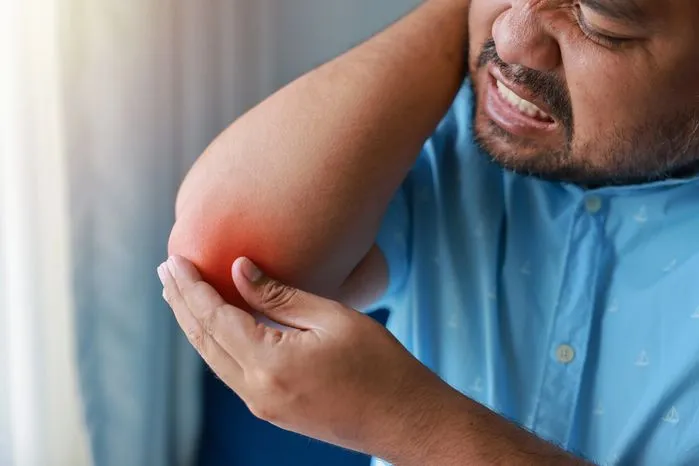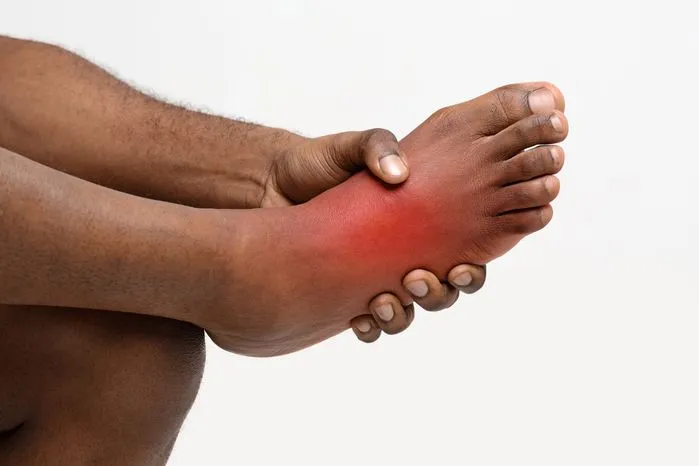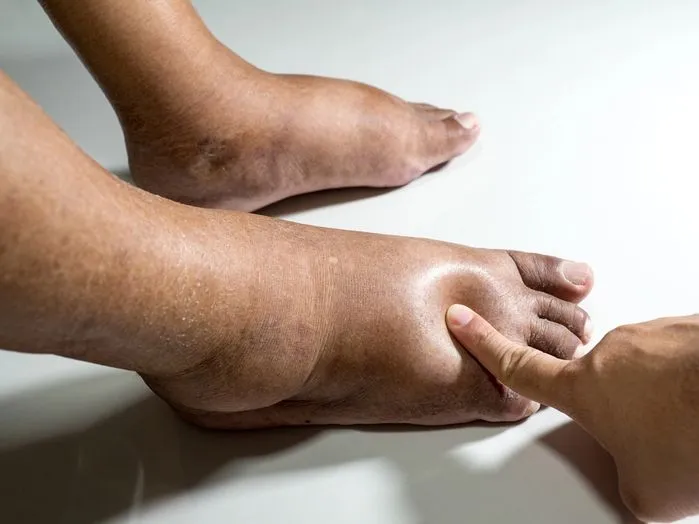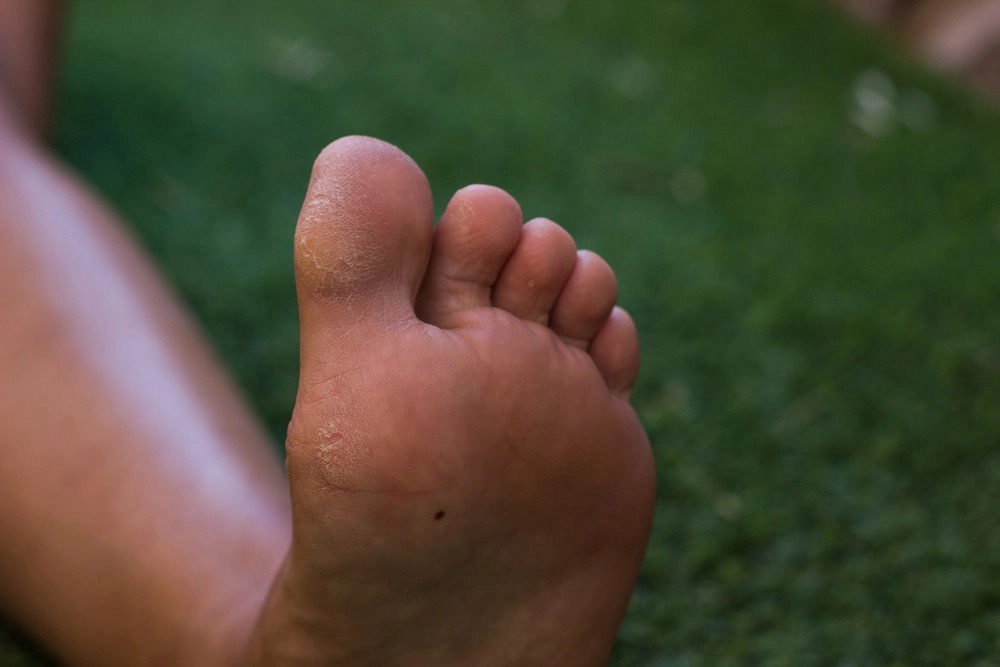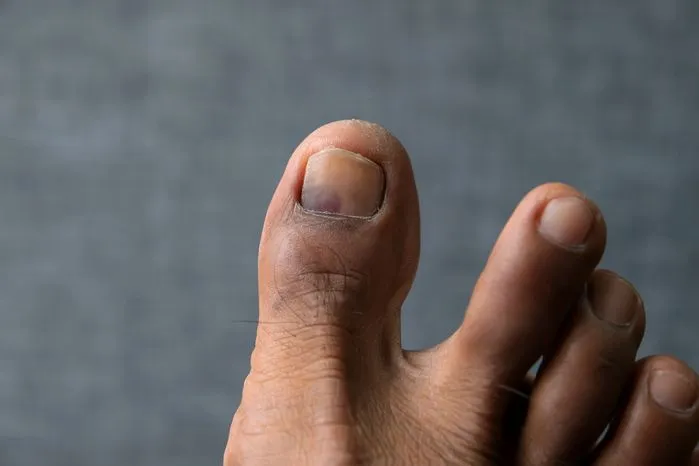
Is a sudden, stinging nerve pain in your big toe making every step feel like a jolt? At the Releford Institute, we’ve seen this exact symptom present in everything from overlooked nerve impingements to the earliest signs of diabetic neuropathy. Based on our two decades of clinical foot and vascular care, we know that what feels like a minor toe pain is often the body’s first warning signal of a much larger issue.
Top 5 Takeaways
1. It’s more than just toe pain.
- Some sensations may signal nerve damage or early neuropathy.
2. Diagnosis drives results.
- The best time to seek professionals is today. Early diagnosis is always better.
3. Treatment is tailored to you.
- There are medical specialists to can craft personalized solutions to your condition.
4. Prevention makes a difference.
- A little effort helps prevent expensive cures and treatments.
5. Pain is your body’s warning.
- Don’t ignore it—early care leads to better outcomes.
Understanding Big Toe Nerve Pain
Typically, this type of discomfort presents as a sharp, piercing feeling and usually originates from two main factors: compressed nerves and nerve injuries.
Peripheral nerve compression in your big toe happens when undue pressure is applied. Such pressure can result from inflammation, trauma, or other health conditions. Consequently, nerve functionality gets disrupted, resulting in discomfort, numbness, or even weakness.
Contrarily, nerve injuries involve physical harm to the nerve itself. Factors such as accidents, illnesses, exposure to toxins, or certain medications can cause this. Damaged nerves can malfunction, sending pain signals to the brain without any apparent reason.
Common Causes of Toe Discomfort
It can stem from different factors, with each having specific conditions and treatments. Injuries to toes are a common cause, varying from simple stubs to sprains, fractures, or even significant traumas. Pain, swelling, bruising, or stiffness can result from such damage, leading to overall discomfort.
Arthritis also contributes significantly to toe discomfort. Pain, swelling, and limited motion - all hallmark symptoms of arthritis - can affect the big toe. Particularly, gout, a form of arthritis, often targets the joint at the base of the big toe. It triggers a sudden, severe attack of pain, redness, and tenderness, resulting in intense discomfort.
Structural abnormalities, including bunions, hammer toe, or claw toe, can cause discomfort too. These deformities force the toe to bend abnormally, resulting in discomfort, especially while walking.
Expert Diagnostic Techniques
Our team utilizes various expert diagnostic techniques to accomplish this. Nerve conduction studies, along with imaging tests are crucial in this process.
Through nerve conduction studies, often paired with electromyography, we can evaluate the communication efficiency between your nerves and muscles. This evaluation involves sending small electrical impulses through your big toe's nerve and measuring the speed and strength of nerve signals. This process helps us detect any nerve damage or dysfunction that might be causing your pain.
Imaging techniques also play a significant role. These techniques offer us a detailed view of the structures within your foot, revealing abnormalities such as fractures, sprains, arthritis, or tumors that could be contributing to your discomfort.
Effective Treatment Options
Pain management typically tops the list of treatments. This might involve everyday painkillers or doctor-prescribed non-steroidal anti-inflammatory drugs (NSAIDs) to address inflammation and pain. Should these methods fail, corticosteroid injections, applied directly into the affected area, provide immediate relief.
Alternative therapies have also demonstrated effectiveness in managing big toe nerve pain. Exercises from physiotherapy, focused on strengthening the foot and improving flexibility, can greatly reduce discomfort. Traditional Chinese therapy, acupuncture, promotes natural healing of the nerve by stimulating blood flow.
Custom orthotic devices, designed to relieve nerve pressure, offer another effective solution. Worn inside shoes, these devices assist in correcting biomechanical abnormalities contributing to nerve pain.
Preventive Measures & Lifestyle Changes
Big toe nerve pain management revolves around preventive measures and lifestyle adjustments. These can considerably curtail the risk of encountering such discomfort.
There are a lot of ways to prevent its occurrence. Among them are developing better habits like adding more movements every day. Choosing to walk to work than riding your car is an example. Another option includes choosing to cook your meals rather than eating out. It's way better that you control the salt and other ingredients in the food you consume. Another option includes choosing better footwear.
“In over 20 years of diagnosing complex foot and nerve conditions, we’ve found that sudden, sharp pain in the big toe is rarely just about the toe—it’s often your body’s earliest distress signal,” says Dr. Bill Releford, Founder of The Releford Institute. “We've treated patients whose symptoms ranged from minor tingling to debilitating pain, only to uncover underlying issues like peripheral neuropathy, early diabetes, or undiagnosed nerve compression. The key is personalized diagnostics—nerve conduction studies, imaging, and clinical pattern recognition—to get to the root cause fast. Pain is information. Ignoring it delays healing. Listening to it lets us create targeted, life-improving treatment plans that work.”
Supporting Facts and Statistics
Nerve pain in your big toe isn’t random. It’s often your body’s first warning. Here’s what national research and two decades of clinical experience at the Releford Institute tell us:
1. Diabetes-Linked Nerve Damage Often Starts in the Feet
- 1 in 5 people with diabetes don’t know they have it.
- Diabetic neuropathy usually begins in the toes.
- We’ve diagnosed diabetes from nothing more than big toe pain.
🔗 cdc.gov
2. Gout Targets the Big Toe—First and Fiercest
- Gout often strikes the joint at the base of the big toe.
- Symptoms: sudden swelling, redness, and sharp pain.
- We’ve seen it disable active patients overnight.
🔗 cdc.gov
3. Chronic Pain? Foot Nerve Damage Plays a Role
- 24.3% of U.S. adults have chronic pain.
- 8.5% suffer pain that disrupts daily life.
- In our clinic, foot pain is often the missing piece.
🔗 cdc.gov
Why This Matters
- These aren’t just stats—they’re patient patterns we see every day.
- Big toe pain is often the first symptom of something deeper.
- Early diagnosis leads to better outcomes and fewer complications.
Feel a shock when you step? It’s not just discomfort—it’s data.
Final Thoughts & Opinion
Sudden stinging pain in the big toe isn’t just a nuisance—it’s often an early warning sign of deeper issues.
Why Our Approach Works
We don’t stop at treating symptoms—we focus on root-cause diagnosis using:
- Nerve Conduction Studies – To detect communication breakdowns between nerves and muscles
- Vascular Imaging & Ultrasound – To uncover circulatory issues
- Gait & Pressure Analysis – To reveal movement-based nerve stress
This multi-layered approach ensures you get:
- A clear, accurate diagnosis
- A treatment plan built around your body, not a generic template
- Long-term relief rather than temporary patches
Our Professional Opinion
Based on over 20 years of experience:
- Big toe nerve pain is never “just a foot problem.”
- Early intervention prevents long-term nerve damage.
- It is a message—listen before it gets louder.
We believe that discovering it is the key to healing. That’s what we do—every day, for every patient.
Frequently Asked Questions
1. What causes sudden, sharp, or stinging nerve pain in the big toe when walking?
This type of pain is often caused by nerve compression, inflammation, trauma, or neuropathy. Common culprits include pinched nerves, Morton's neuroma, gout, turf toe, or early diabetic neuropathy.
2. Could it be nerve damage if my big toe stings when I walk?
Yes, especially if the sensation is electric, burning, or tingling. The Releford Institute notes this may point to peripheral neuropathy, sciatica, or localized digital nerve entrapment.
3. When should I see a podiatrist about big toe nerve pain?
Seek medical care if the pain is sudden, recurring, intensifying, or affecting your ability to walk. Also, see a specialist if you have conditions like diabetes or vascular disease.
4. What’s the difference between joint pain and nerve pain in the big toe?
Nerve pain typically feels sharp, burning, tingling, or stinging, often triggered by movement or touch. Joint pain tends to feel deep, achy, and worsens with pressure or stiffness.
5. What diagnostic tests are used to assess big toe nerve pain?
The Releford Institute team may perform physical exams, X-rays, ultrasound, EMG/Nerve Conduction Studies, and advanced imaging to locate nerve compression or damage.
6. Can diabetic neuropathy cause sharp toe pain when walking?
Yes. Diabetic neuropathy often starts in the toes with sharp, stinging, or burning pain, especially during movement. Early diagnosis is critical to avoid further nerve damage.
7. Could footwear be contributing to my big toe nerve pain?
Yes. Tight, narrow, or unsupportive shoes can compress nerves or cause biomechanical issues. Switching to orthopedic or wide-toe-box shoes can significantly reduce symptoms.
8. What are the treatment options for sudden nerve pain in the toe?
Treatment depends on the cause and may include anti-inflammatories, orthotics, physical therapy, corticosteroid injections, or nerve decompression surgery.
9. Can physical therapy help relieve nerve pain in the big toe?
Absolutely. The Releford team often recommends targeted foot exercises, gait retraining, nerve gliding techniques, and cold laser therapy to reduce pain and promote healing.
10. How long does it take for nerve pain in the toe to improve with treatment?
Mild cases can improve in a few days to weeks, while chronic nerve issues may take several months of ongoing treatment. Early intervention speeds recovery.
11. Are there home remedies for managing sharp nerve pain in the big toe?
Yes. Try rest, ice packs, Epsom salt soaks, elevating the foot, anti-inflammatory medication, and switching to ergonomic footwear. However, professional evaluation is recommended for persistent pain.
12. What lifestyle changes can prevent toe nerve pain from recurring?
Maintain a healthy weight, manage blood sugar levels, wear supportive footwear, and avoid high-impact activities that strain the feet. Regular foot checkups help prevent long-term complications.











